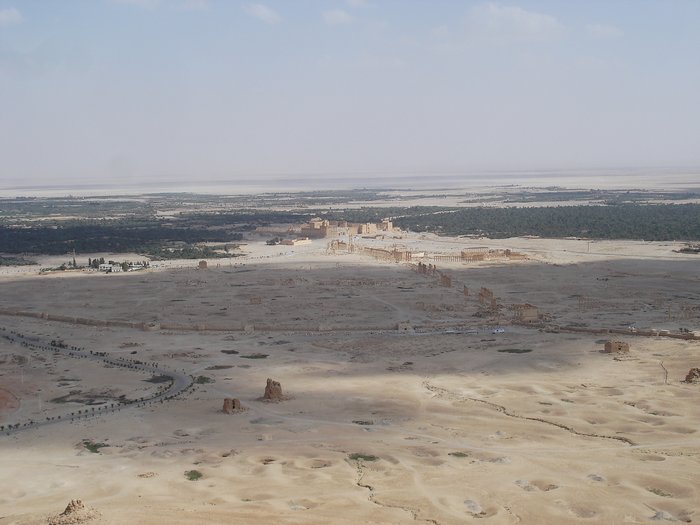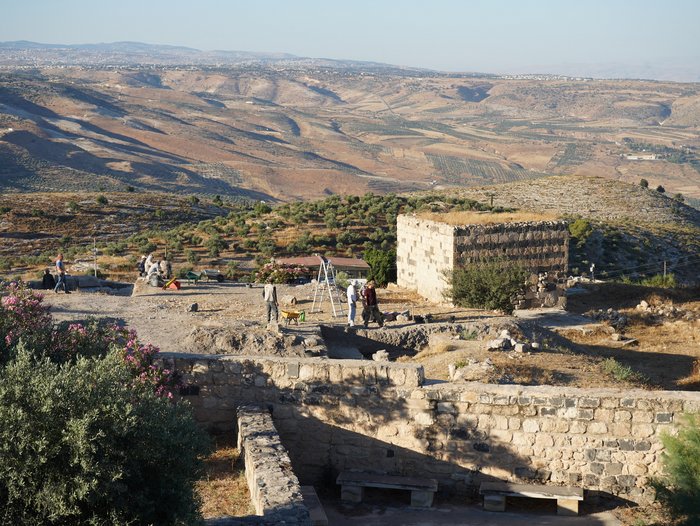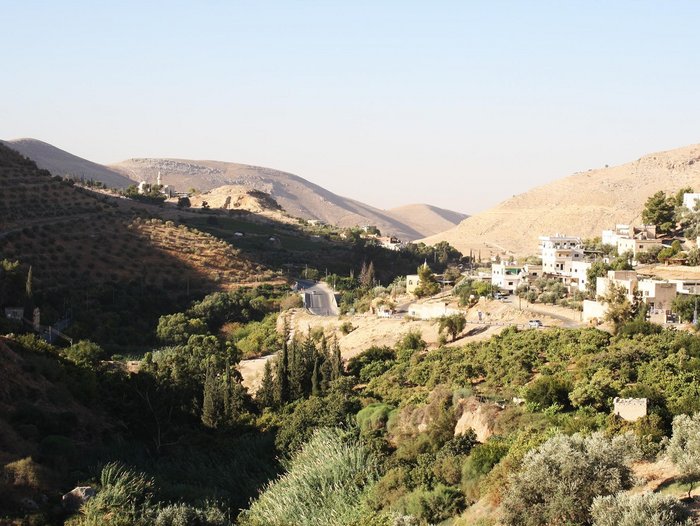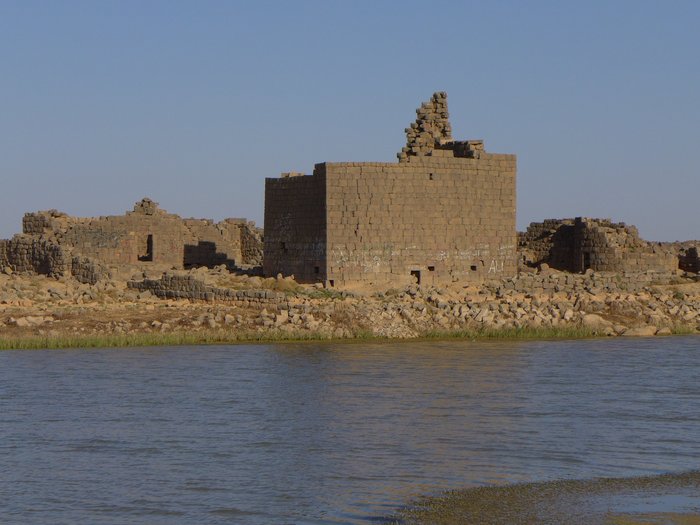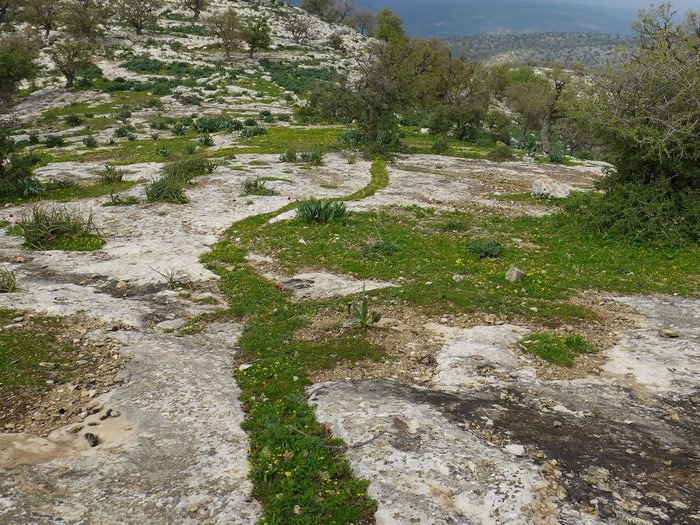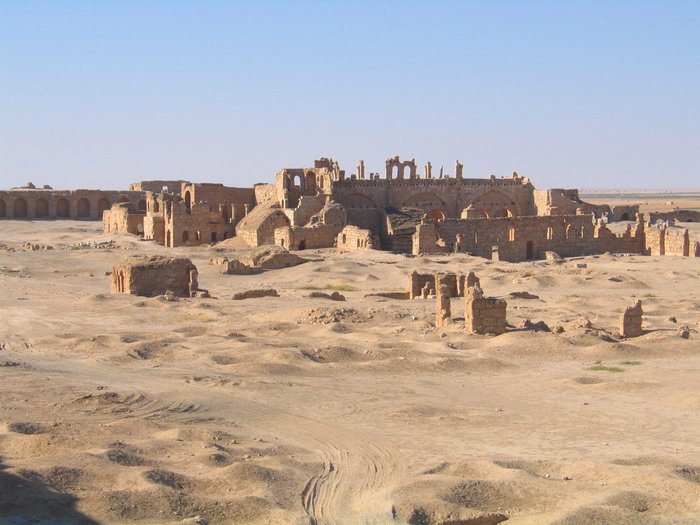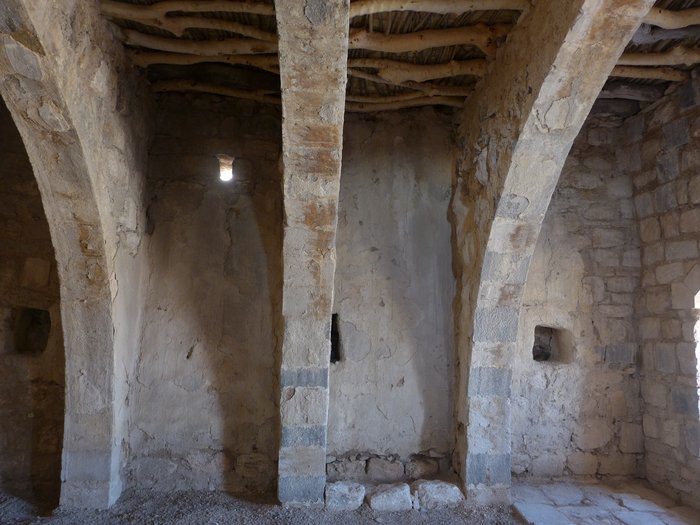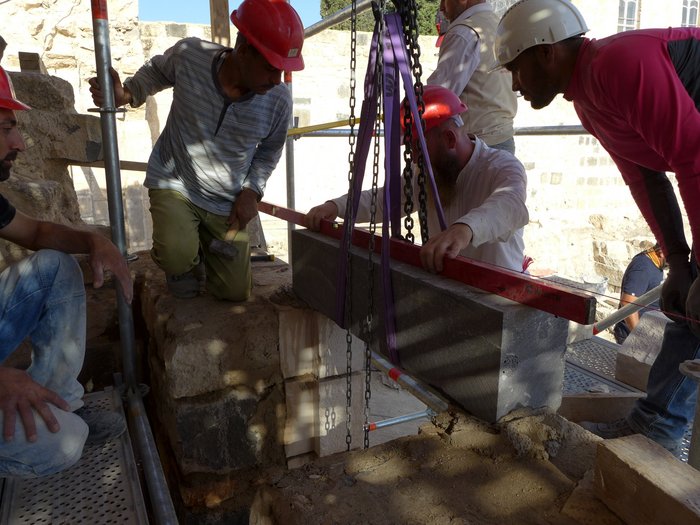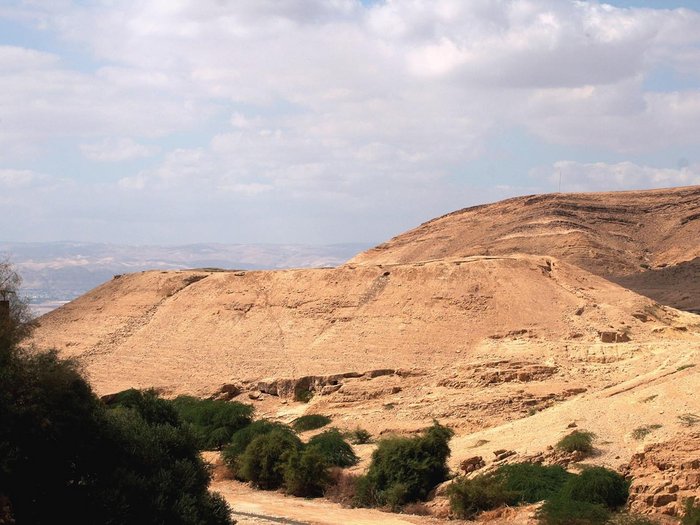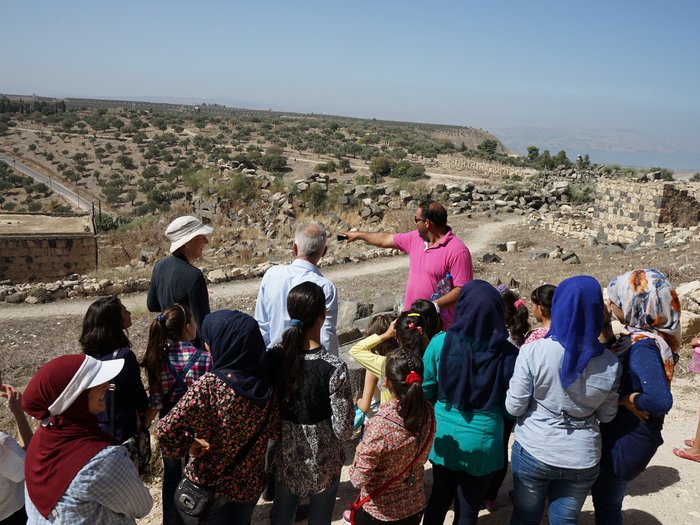
Gadara/Umm Qays (Jordanien), Blick entlang der Ost-West-Achse nach Nordwesten mit dem Genezareth im Hintergrund © DAI // Christian Hartl-Reiter
Topics & Outlook
The Damascus Branch has been conducting research of the Levant (also known as Bilad ash-Sham) since 1980. Since 2017, the branch has also a research unit affiliated in Amman, which is run in cooperation with the German Protestant Institute of Archaeology in the Holy Land (GPIA).
Research Agenda
The particular natural and historical conditions of the researched region allow the investigation of fundamental topics of human history in the area of tension between sedentary and mobile life forms. These include the organisation of human coexistence and methods of securing subsistence in arid and semi-arid regions, which can hardly be studied archaeologically as clearly in any other region of the world. These central, overarching topics are specifically researched in many of the projects of the Orient Department, including its branches. They are also the subject of fundamental research, which is part of the discussion in many of the department's fields of work.
Environment and landscape utilisation
The southern Jordan Valley was subjected to extreme climatic and temperature fluctuations during the Holocene, which are also reflected in the archaeological evidence through settlement hiatuses and frequently changing locations. Particularly in the Middle and Late Bronze Age (ca. 2000-1100 BC), noticeable gaps can be identified, which can presumably be attributed to such extreme climate fluctuations. The specific strategies of environmental adaptation in the different periods will therefore be investigated using the Wadi Shuaib survey and excavations at the Bronze and Iron Age site Tell Bleibil in the southern Jordan Valley (Jordan) as examples for this region. In the north-west and east of the country, in the hinterland of Gadara/Umm Qays (Palaeolithic to Recent) and in Qasr Burqu (3rd-8th century AD), the aim will be to demonstrate the significance of water management facilities for regional cultivation strategies.
Despite its peripheral location in an arid region, Qasr Burqu owes its existence to its connection to supra-regional communication routes (military, pilgrimage and trade routes) from northern Arabia to Damascus and Palmyra (Syria) as well as to systematic water management. Qasr Burqu was transformed from a Roman military post to a Byzantine pilgrimage site to an isolated, temporary residence of early Islamic elites with smaller agricultural settlements in its surroundings. The research project will analyse the functionality and form of this building ensemble in terms of architectural history. Particular attention will be paid to the processes of change and adaptation that had an impact on the morphology of Qasr Burqu. Looking at the research in Qasr Mushash (Jordan) and also Resafa (Syria), new impulses for the interpretation of this complex can be expected here.
In north-west Jordan, comparative studies are being carried out by linking the research projects in the Hellenistic-Roman city of Gadara and its surrounding area with the aim of gaining new insights into settlement topography and chronology as well as specific landscape use.
Building preservation and knowledge transfer
Building constructions are the subject of other projects, such as in Gadara and in the steppe fringe zone of Bilad ash-Sham (Jordan), where the comprehensive building knowledge (technique, use of materials, adaptations to local conditions and logistics) is being investigated. Aim is, among others, to clarify the regional and trans-regional exchange of building techniques and the handing down of cultural acquisitions despite significant historical breaks. The preservation of archaeological and historical, mobile and immobile monuments, such as architecture and special soil findings, as well as topics of knowledge transfer about the regional cultural and natural heritage (building, housing and living) are anchored in all projects of the Damascus Branch and Research Unit of the DAI in Amman. Together with authorities and colleagues from the host countries, concepts for specific objects are developed and implemented, training courses are organised and public relations work is carried out.
Scientific research always comes first. The aim is to preserve archaeological and historical finds and findings as scientific sources and to find suitable uses for the monuments in and for the local communities. To this end, the methods of sustainable preservation and the standards for dealing with cultural heritage are being further developed and substantiated in future-oriented research projects
Safeguarding and conservation projects of Hellenic-Roman building remains in Gadara (Jordan) serve to preserve and present the monuments, but also allow detailed insights into ancient building knowledge. The involvement of local and international conservation specialists and craftspeople and the constant dialogue with them opens up new perspectives not only for the conservation, but also for research and teaching. The special features of the buildings are presented to visitors and topics such as reconstruction, rebuilding, modern forms of communication, identity formation and participation of local communities are integrated into the work.

